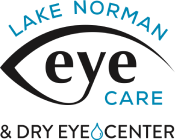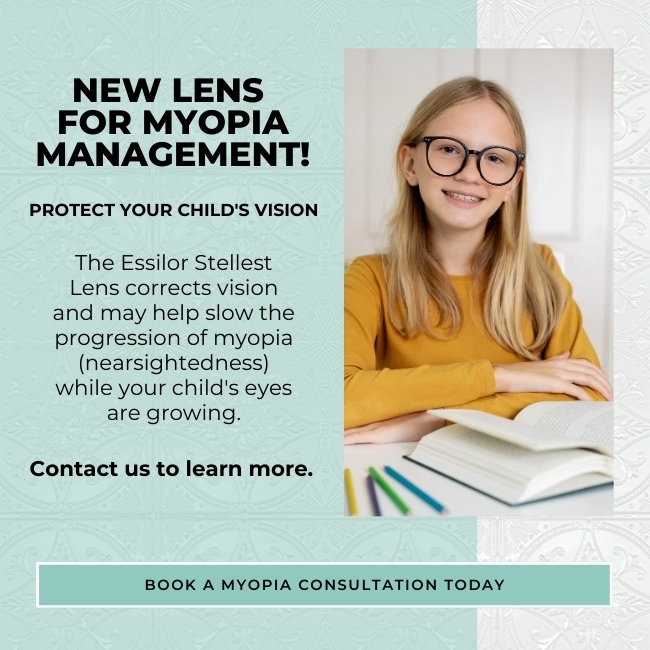In the landscape of dry eye treatment, a revolutionary therapy has emerged, offering newfound hope and relief to those grappling with the discomfort and frustration of this common ocular condition. Intense Pulsed Light (IPL) therapy, once primarily associated with cosmetic procedures, has garnered attention for its remarkable efficacy in addressing the underlying causes of dry eyes. Let’s delve into the therapeutic power of IPL and explore how it helps alleviate the symptoms of dry eyes.
Understanding Dry Eyes: A Common Yet Complex Condition
Dry eye syndrome occurs when the eyes fail to produce an adequate quantity or quality of tears to maintain proper lubrication and hydration. This can lead to symptoms such as stinging, burning, itching, redness, and blurred vision, significantly impacting quality of life and visual comfort. While artificial tears and other conventional treatments provide temporary relief, addressing the root causes of dry eyes is essential for long-term management.

The Role of IPL Therapy
Intense Pulsed Light (IPL) therapy, originally developed for cosmetic purposes such as hair removal and skin rejuvenation, has found a new application in the realm of dry eye treatment. IPL therapy utilizes pulses of broad-spectrum light to target and treat various components of the ocular surface and surrounding structures, addressing underlying factors contributing to dry eye syndrome.
How Does IPL Help Dry Eyes?
1. Meibomian Gland Dysfunction (MGD):
One of the primary causes of evaporative dry eye is Meibomian Gland Dysfunction (MGD), characterized by blockages or inflammation of the meibomian glands responsible for producing the oily component of tears. IPL therapy targets these dysfunctional glands, clearing blockages, reducing inflammation, and restoring normal function, leading to improved tear film stability and lubrication.
2. Reduction of Inflammation:
Inflammation plays a significant role in the development and progression of dry eye syndrome. IPL therapy helps modulate the inflammatory response in the eyelids and surrounding tissues, reducing inflammation and promoting healing. By calming the inflammatory cascade, IPL therapy alleviates symptoms and improves overall ocular comfort.
3. Stimulation of Tear Production:
IPL therapy stimulates the production of tears by promoting the function of accessory lacrimal glands located within the eyelids. These glands contribute to the aqueous component of tears, enhancing tear film volume and quality, and reducing the severity of dry eye symptoms.

The IPL Treatment Process
During an IPL session for dry eyes, a specialized device delivers pulses of light energy to the skin around the eyes. The light penetrates the skin, targeting abnormal blood vessels and inflammatory cells while sparing surrounding tissues. Multiple treatment sessions are typically required to achieve optimal results, with most patients experiencing significant improvement in dry eye symptoms and tear film quality following treatment.
Seeking Professional Guidance
If you’re suffering from dry eyes despite conventional treatments, consider consulting with Dr. Angela Harris, an experienced eye care professional at Lake Norman Eye Care in Mooresville, NC to explore the potential benefits of IPL therapy. A comprehensive evaluation will determine whether you’re a candidate for IPL treatment and guide personalized treatment planning based on your unique needs and symptoms. Dr. Harris suffers from dry eye as well and stays up to date on the latest treatment options.



